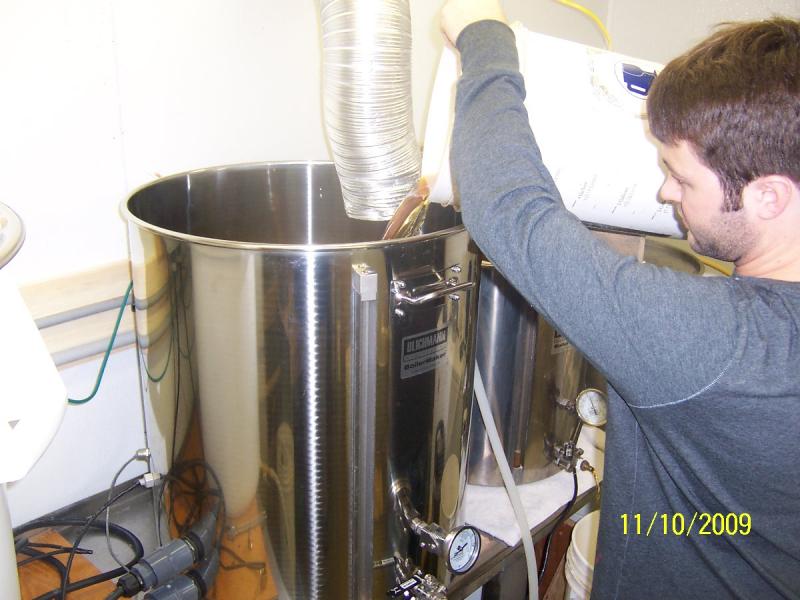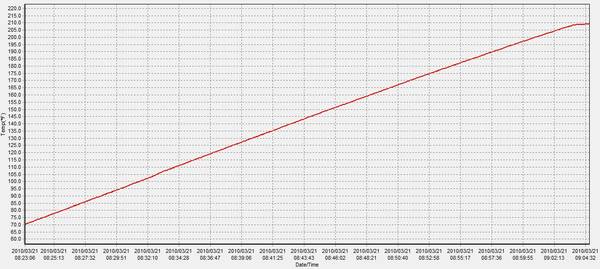chefchris
Well-Known Member
If so, what size element and what size batches? I'm trying to figure out if I can go all electric without the PIDs, SSRs, etc. I'm planning on just putting a 5500w in the HLT, but I read on here where a guy had an element just plugged straight into the BK and was getting 3+ gallon/hour boil off.
I usually do 6 gallon batches and the occasional 12 gallon. So is it possible to just plug-n-play? I'll be using a keg as a BK.
I usually do 6 gallon batches and the occasional 12 gallon. So is it possible to just plug-n-play? I'll be using a keg as a BK.




